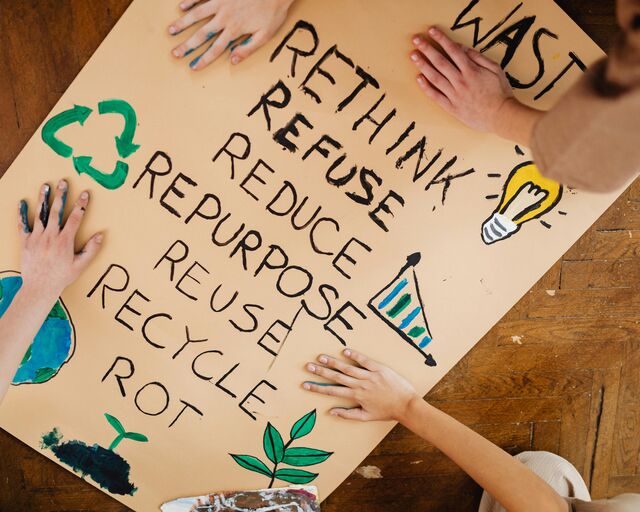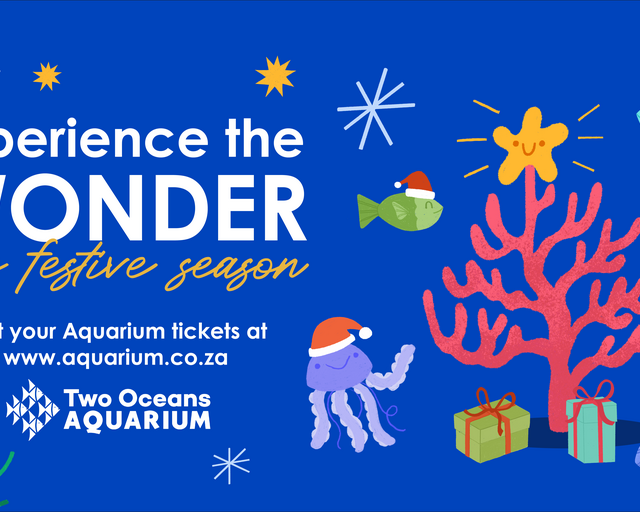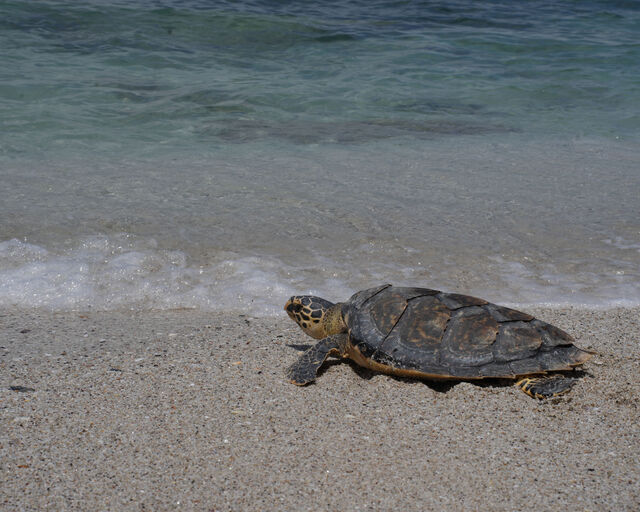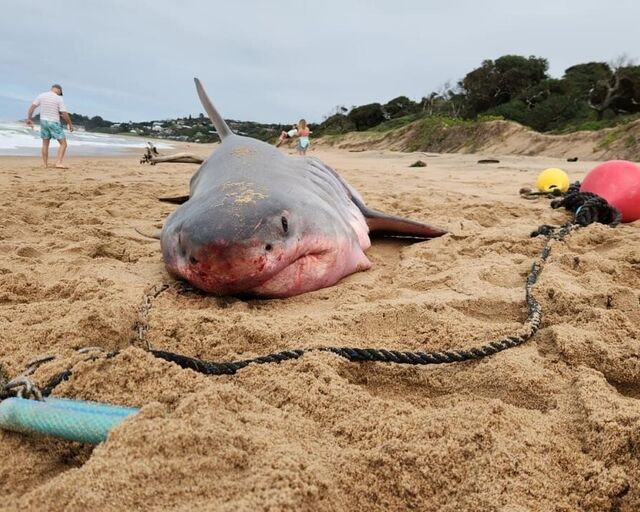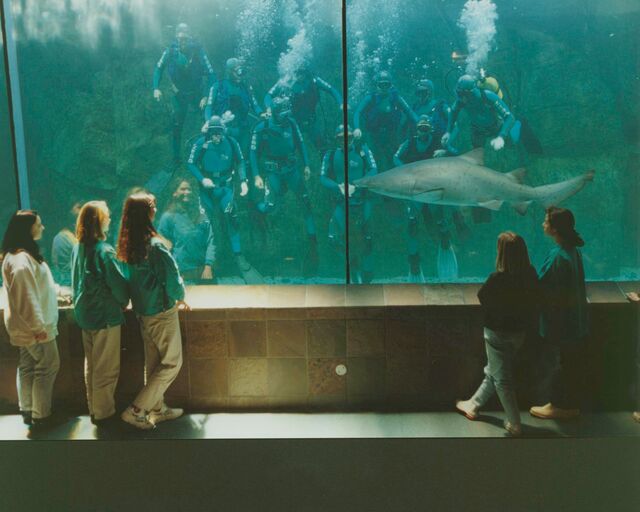Oceans Alive helping our rescued hatchlings return to their ocean home
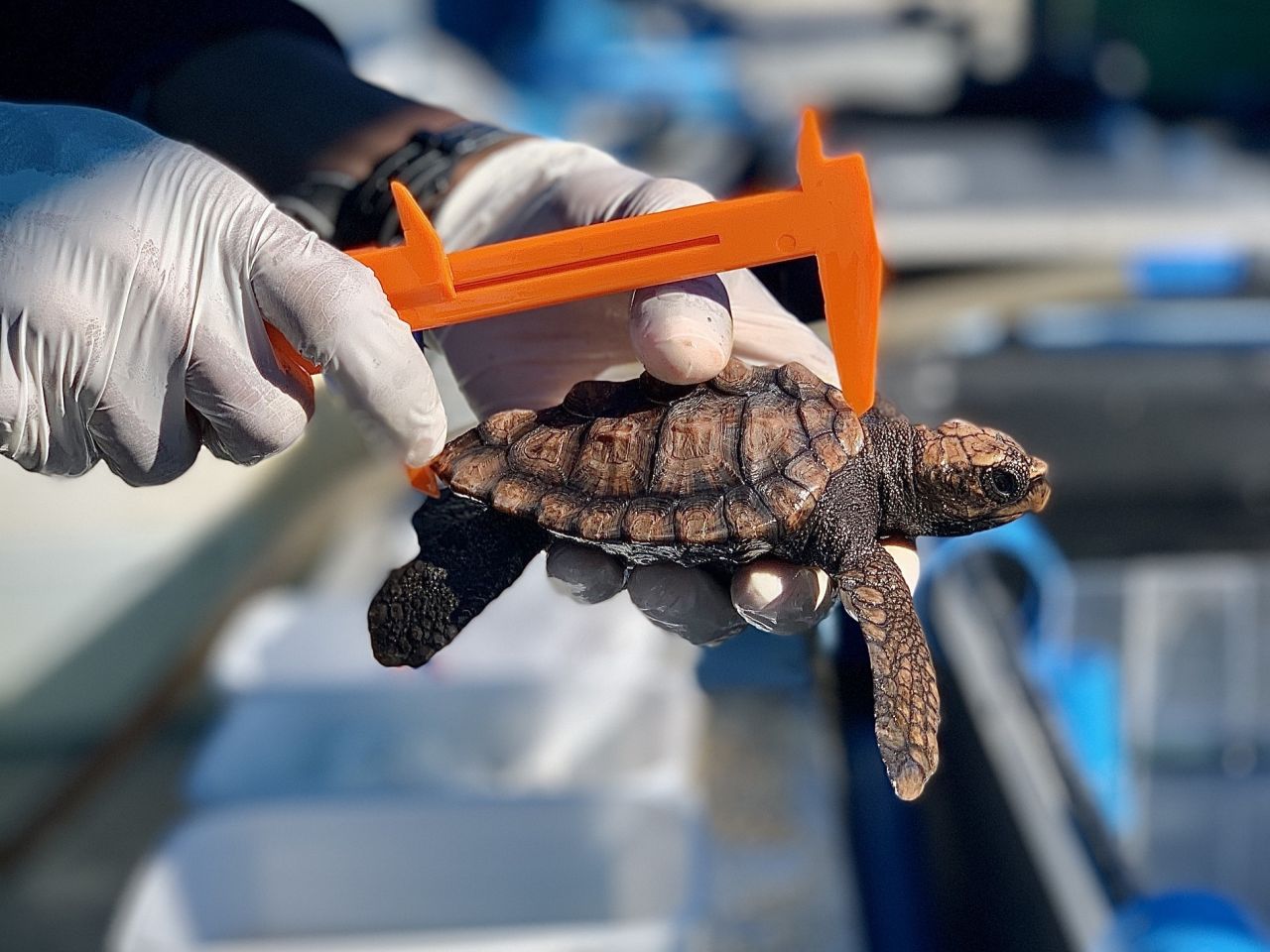
2022 has been a busy year for hatchling strandings - and we've been incredibly grateful for the network of companies and private people that have helped by adopting these hatchlings. But, we must make special mention of Oceans Alive Conservation Trust, an incredible ocean-minded organisation that has assisted the rehabilitation of these tiny hatchlings by adopting an incredible TWENTY endangered loggerhead turtles!
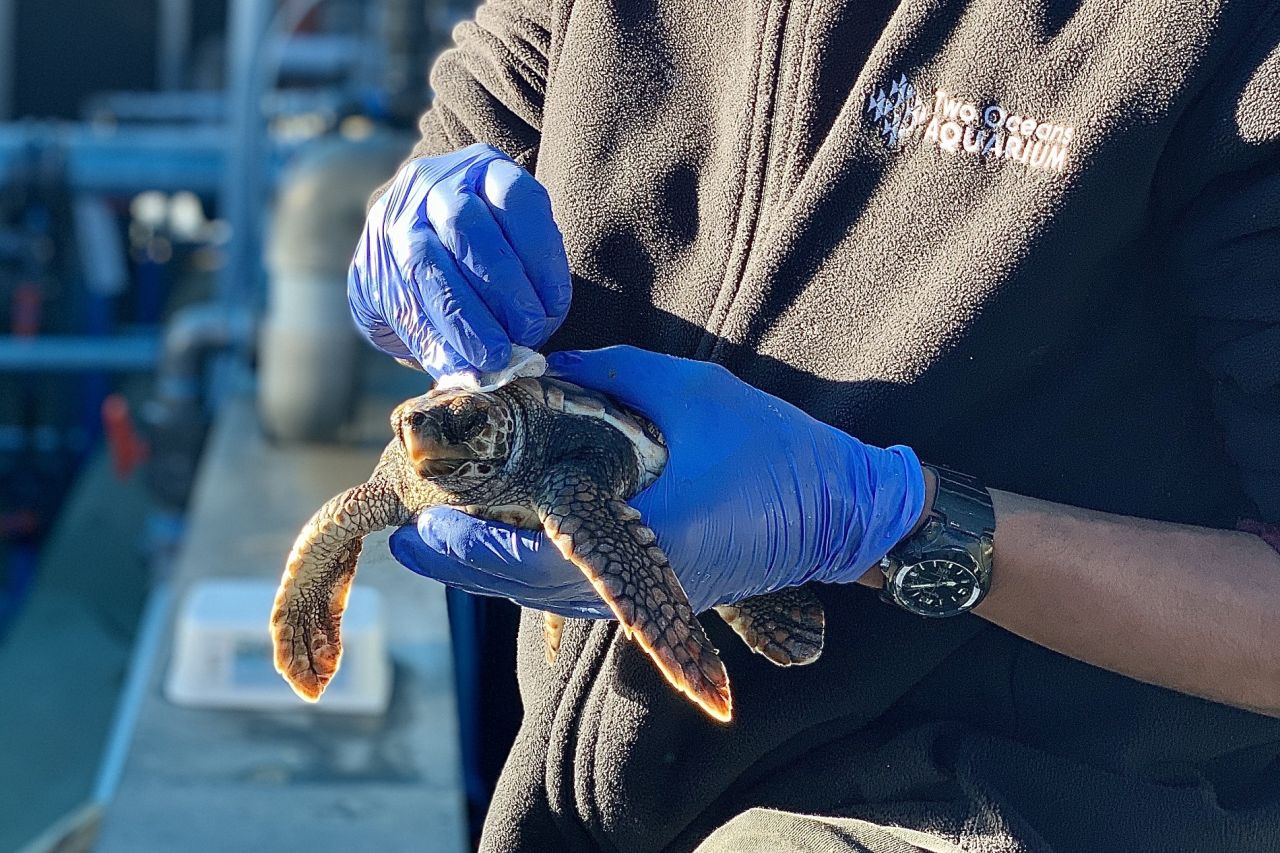
These adoptions are a valuable contribution toward the continued rehabilitation of these endangered hatchlings in our care leading right up to their time of release. Oceans Alive's adoption brings our total number of adopted hatchlings to 52, with a further 18 hatchlings awaiting their own adoption (yup, you can adopt them right now).
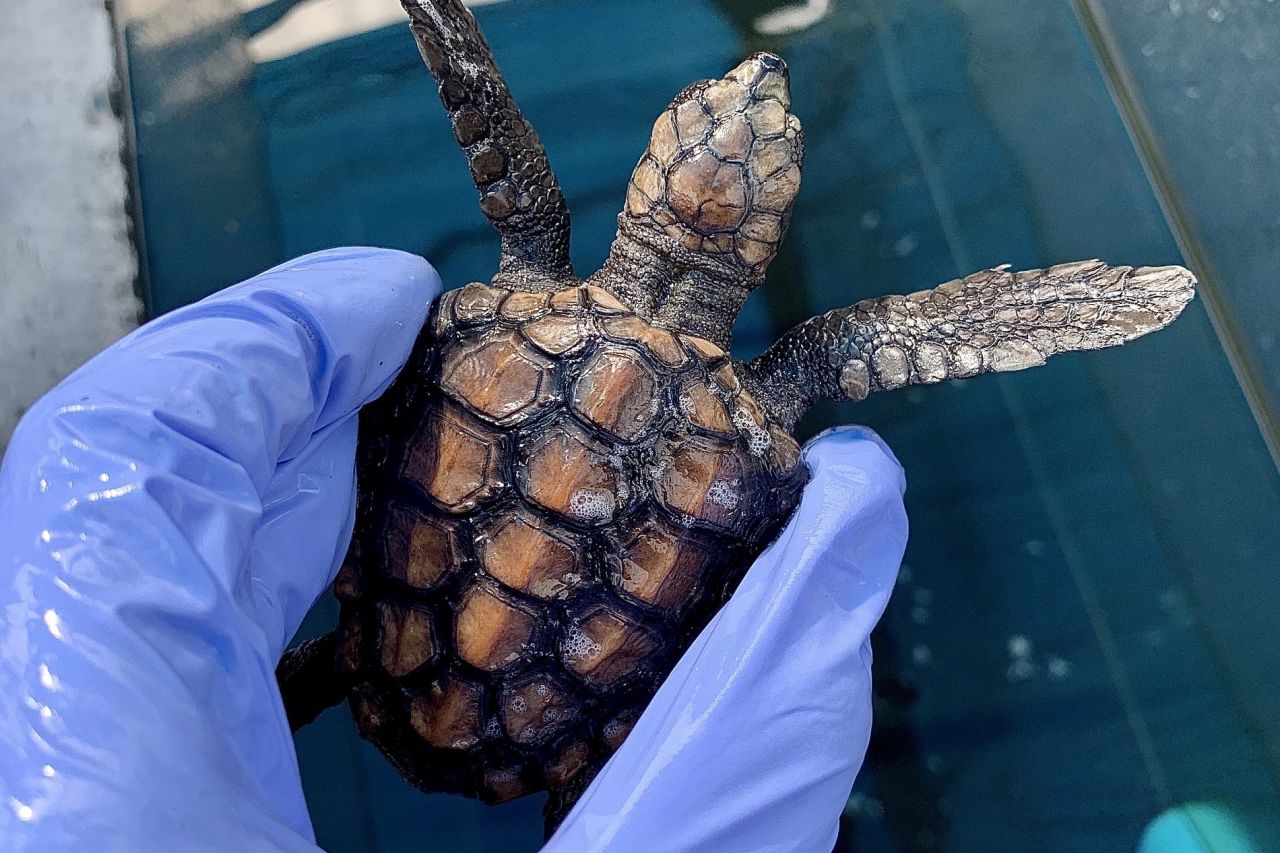
Oceans Alive's vision believes in “Caring for our Oceans” and has a vision for healthy, pollution free and protected oceans and ocean wildlife and coastal environments which contribute to a sustainable and healthy planet in an equitable and rapidly changing world. This wonderful donation and assistance from Oceans Alive Conservation Trust helps the Two Oceans Aquarium Foundation towards continued turtle conservation excellence, with adoption fees aiding covering expenses involved in our rehabilitation process.
It costs us on average more than R6 000 to rehabilitate a single rescued hatchling, though very few of our hatchlings turn out to actually be “average” in the individual care and treatment they require to be nursed back to health.
Let's take a closer look at the three essential components/pillars of critical care in our hatchling rehabilitation – Nutrition, Medical and Support:
Nutrition
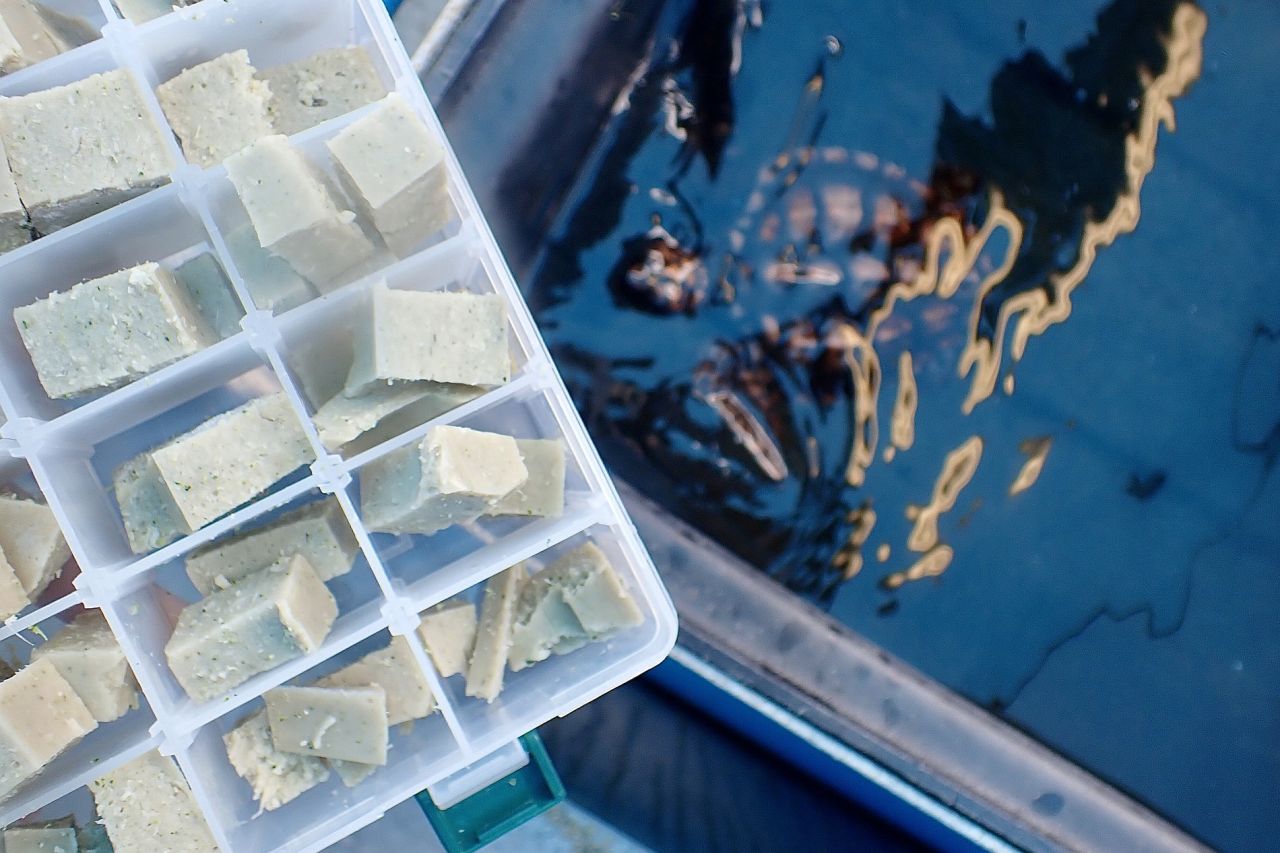
Hatchling diets consist initially of small pieces of pilchard or white mussel fed using tweezers. Later they are moved on to gel food blocks; incorporating nutrient supplements, a range of proteins (pilchard, white mussel, hake) and vegetables (broccoli, carrots and baby marrow) set in gelatine. These are specially designed to contain everything a growing hatchling needs.
As our hatchlings gain strength and appetite, their food amount increases and is adjusted according to their body weight. The goal of feeding our hatchlings is to help them grow consistently throughout their rehabilitation. Our hatchlings are fed twice daily, and the amount of food consumed is accurately recorded for each turtle, with it being essential we pick up on any weight loss in our hatchlings that may reflect on potential health issues.
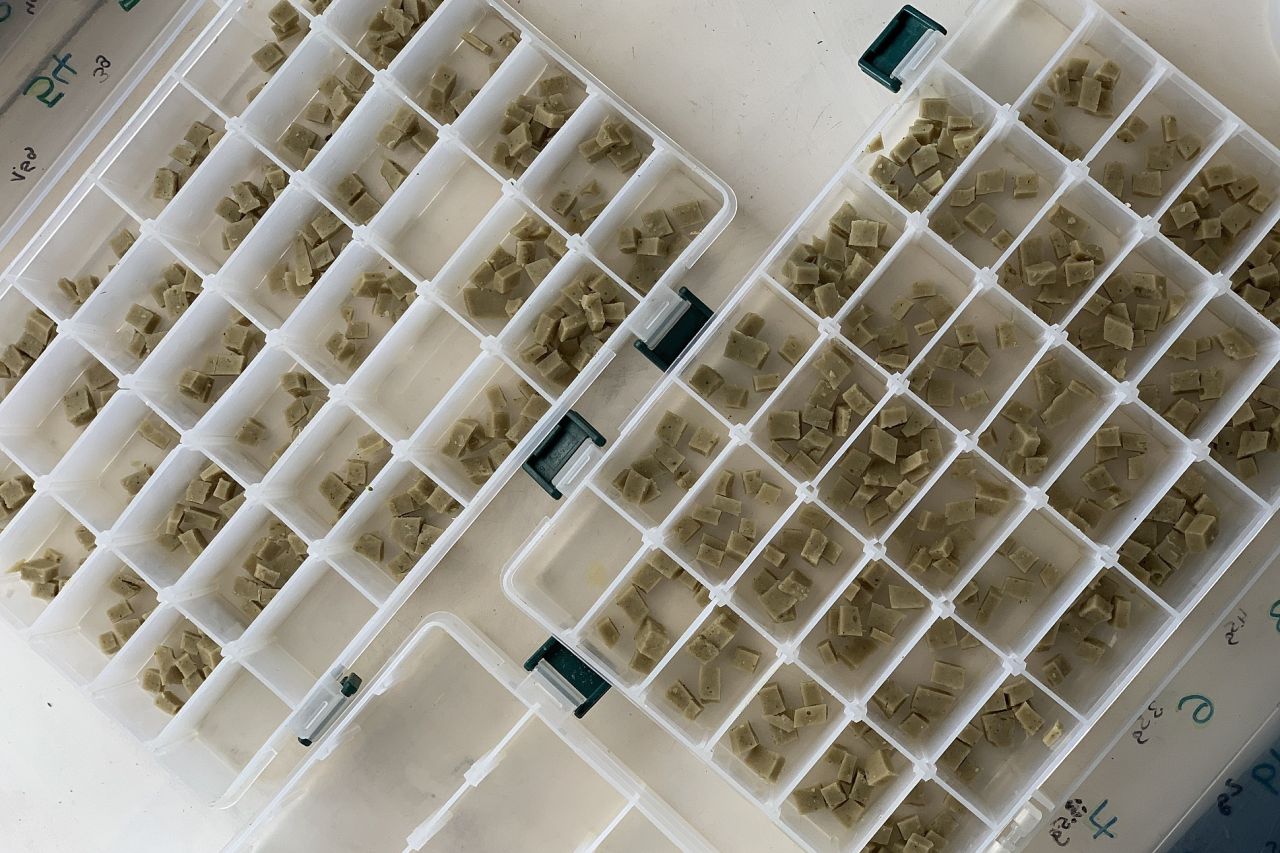
This is a very useful tool for the team to customize the delivery of any additional medications our turtles may require during their rehab time. Ensuring that they receive that extra helpful boost ahead of release to bolster their survival chances in the wild.
Medical - X-rays, bloods, regular health checks and specialized vets
X-rays allow us a window into our patients and are invaluable in directing the treatment we provide to our turtle patients. X-rays allow us to look into the internal structures (bones and organs) of our hatchlings following their arrival, with these x-rays acting as a baseline for ease of our team referring back to in order to see whether any changes are observed during their continued time in our care.
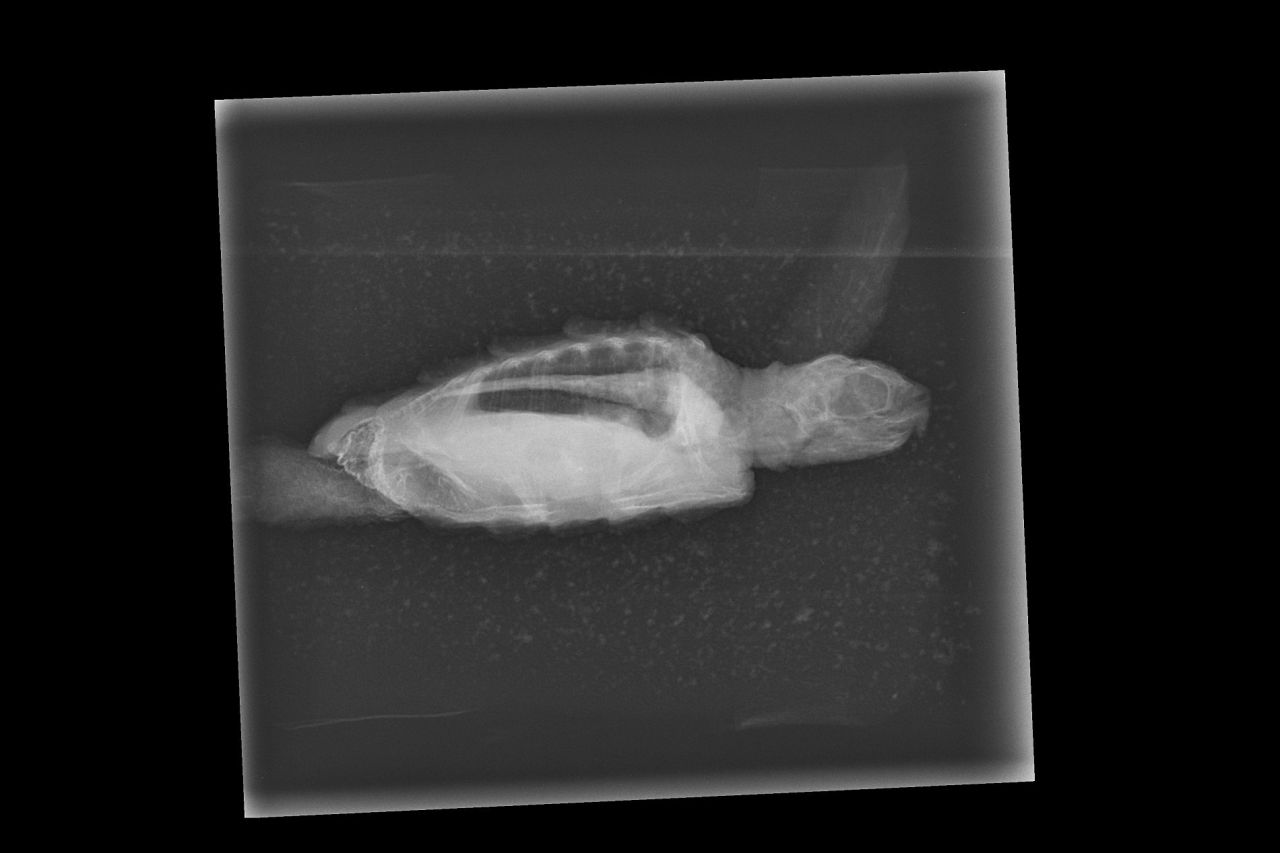
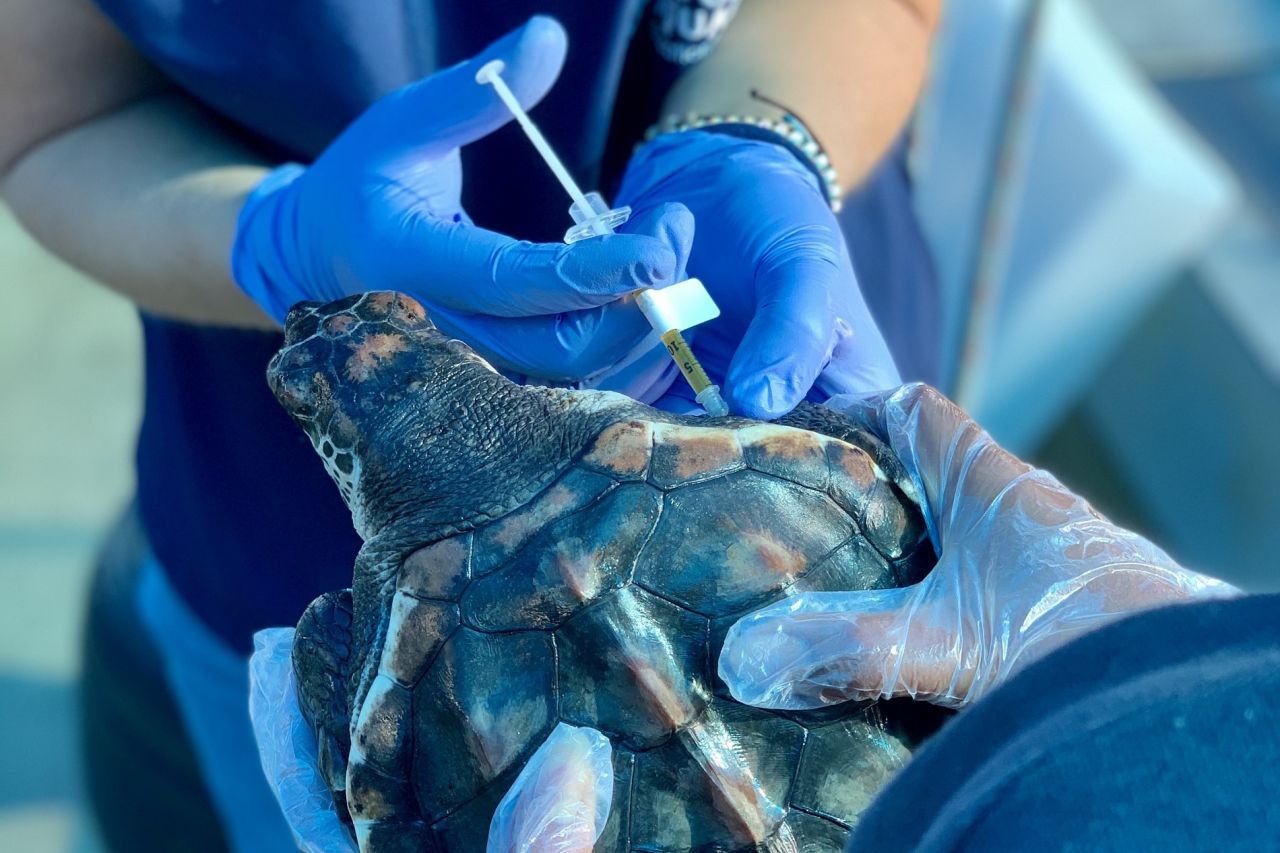
Blood analysis allows us to identify the presence of any underlying infections or diseases our hatchlings may be fighting, with this knowledge aiding us in a direction for appropriate treatment.
Every week, health rounds are conducted to keep an eye out for any possible indications of underlying health problems arising. During this time our team carefully examine each hatchling, looking at their body condition, hardness of their carapace (shell), presence of any skin lesions, that their eye and nares (nostrils) are clear, any fungal presence (equivalent to turtle dandruff) or gas build up in their gut.
Working with specialized vets both locally and internationally enables us to offer the best care possible to the patients in our care.
Support and Space
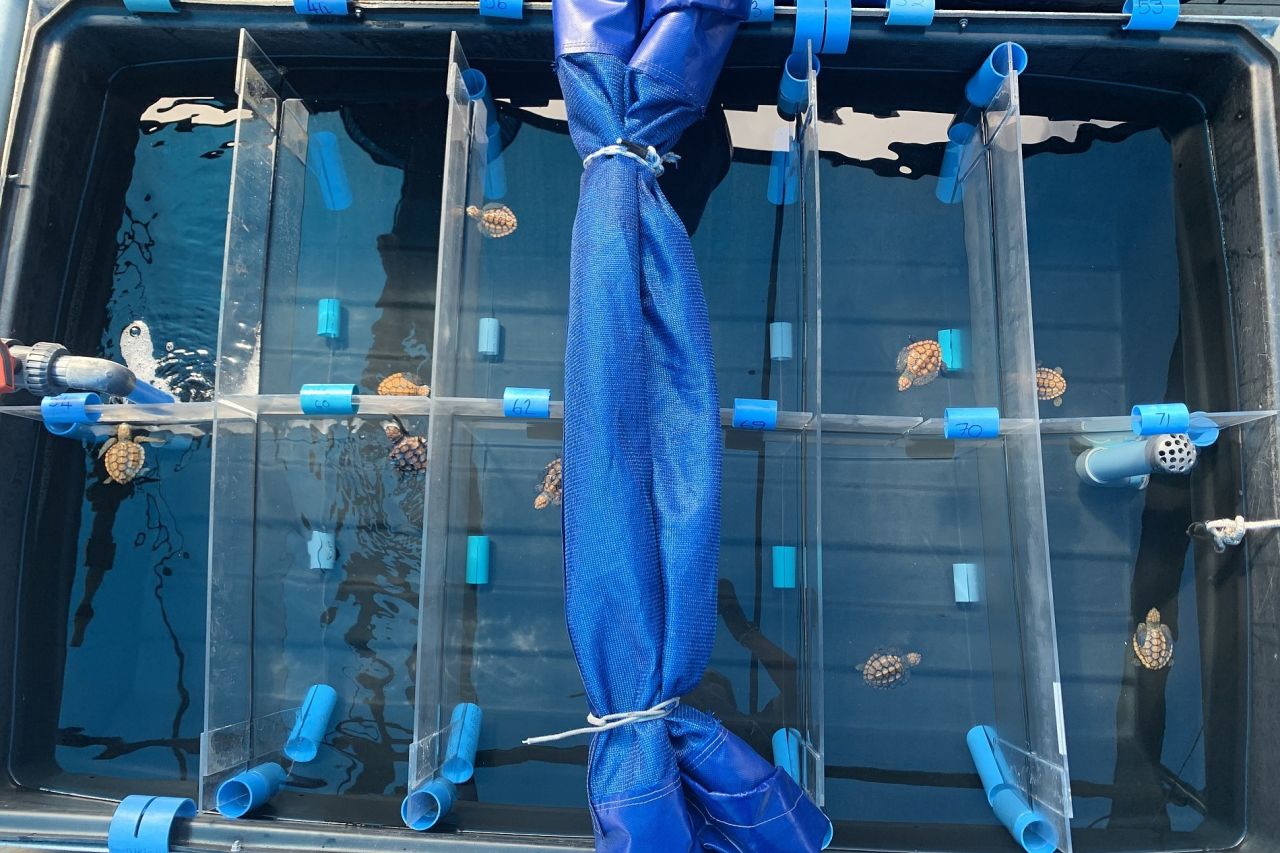
It takes a dedicated and passionate team to provide each hatchling individual level specialized care and treatments required in order to be nursed back to health! Alongside monitoring of weight, healthy weight gain and behavioural observations enable us to gain a good overall picture of how each individual patient is developing each week, allowing us to pick up on any early signs of something negative going on, so we can act quickly enough for action to be taken.
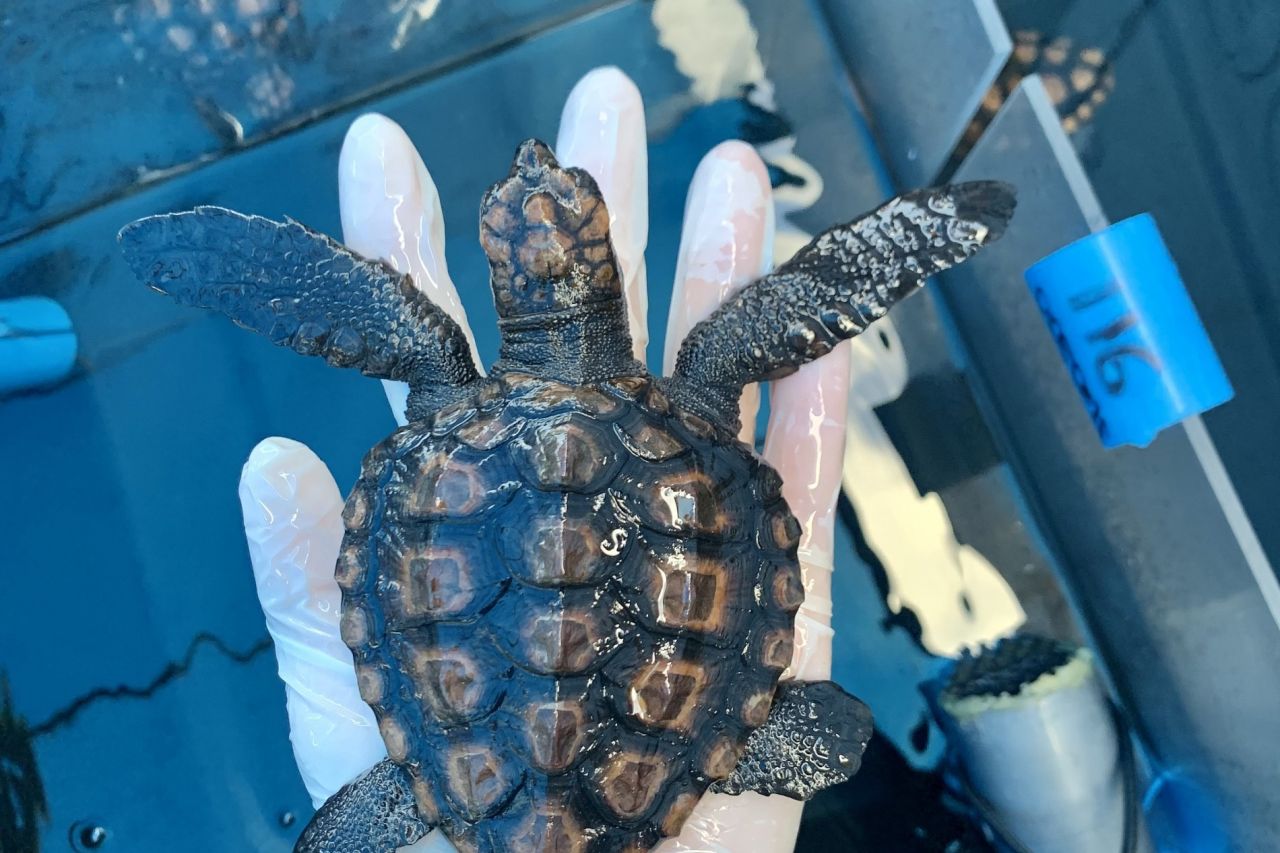
We would again like to thank Oceans Alive Conservation Trust for their wonderful support, through their donation of twenty of rescued hatchlings! Their team have chosen the names "Oceans 1" to "Oceans 20" for their adopted hatchlings, a naming perk a hatchling adopter receives, along with a certificate of adoption and an individualised monthly update on how the adopted hatchling is progressing during their rehabilitation time leading up to release. And, more importantly, knowing you’re supporting giving these hatchlings a second chance at life, directly contributing to the breeding population of this endangered species
You too can adopt your very own hatchlings directly here.
Related News
Sign up to our Newsletter
Receive monthly news, online courses and conservation programmes.
